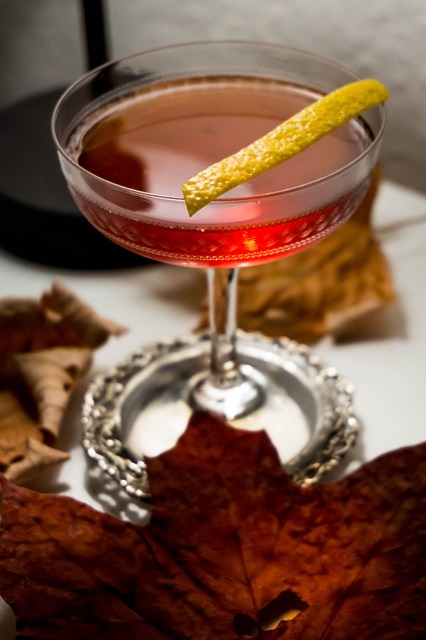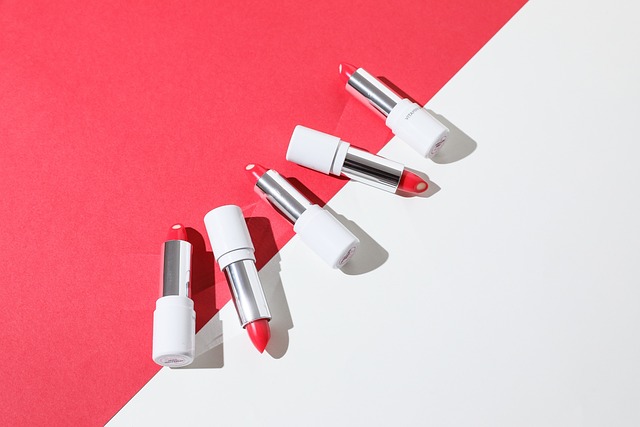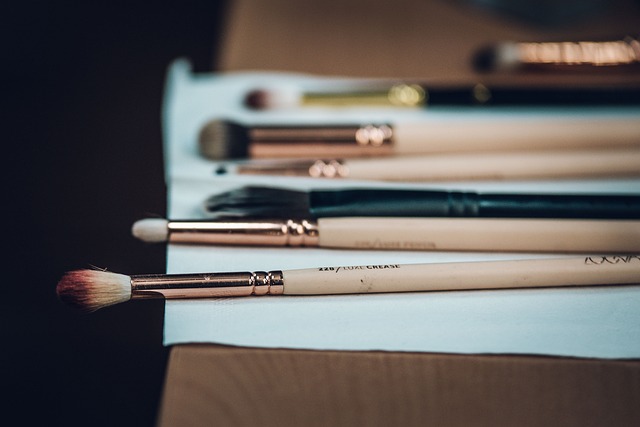Vermouth lipstick, a fusion of traditional makeup and wine allure, offers subtle, nuanced lip colors inspired by vermouth's delicate flavors. This trend combines natural ingredients with unique formulas to enhance lip health while appealing to those seeking innovative self-care in their daily routines. Vermouth beauty, driven by consumer demand for safer alternatives, leverages high-quality ingredients and stringent regulatory frameworks to ensure product safety and transparency. Makeup artists recommend precise application techniques and suggest choosing shades that complement skin tones, making vermouth lipsticks a popular choice for enhancing natural lip contours with rich, vibrant hues.
“Discover the captivating world of Vermouth Lipstick—a modern twist on classic makeup. This innovative trend combines aesthetics with health consciousness, offering a unique approach to vermouth beauty. In this comprehensive guide, we explore the concept’s origins, tracing its evolution from historical cosmetic practices to contemporary safety standards. From the chemical composition of lipsticks to the benefits of vermouth beauty techniques, each section reveals insights into this growing movement. Uncover common chemicals, their roles, and potential risks, empowering you with knowledge for informed choices in the ever-evolving realm of cosmetics.”
- What is Vermouth Lipstick? An Overview of the Concept
- The History and Evolution of Chemicals in Makeup Products
- Common Chemicals Found in Lipstick: Their Functions and Safety Concerns
- Exploring Vermouth Beauty: Benefits, Techniques, and Tips
- Regulatory Frameworks and Consumer Awareness: Ensuring Safe Cosmetics Practices
What is Vermouth Lipstick? An Overview of the Concept

Vermouth lipstick is a unique and emerging trend in the world of beauty, offering a twist on traditional makeup with its distinctive, tinted hues inspired by vermouth wine. This innovative concept combines the art of cosmetics with the allure of a sophisticated beverage, creating lip colors that are both captivating and intriguing. Vermouth beauty isn’t just about the color; it’s an experience that merges sensory pleasure with self-expression.
The idea behind vermouth lipstick is to impart a subtle, nuanced shade to lips, reminiscent of the delicate flavors found in vermouth wine. These lipsticks often feature natural ingredients and unique formulas designed to enhance the health and appearance of lips while delivering a hint of color. The result is a look that’s both subtle and captivating, appealing to those seeking an alternative to conventional lipstick options. By embracing vermouth beauty, individuals can explore a new dimension of self-care and creativity in their daily makeup routines.
The History and Evolution of Chemicals in Makeup Products

The evolution of chemicals in makeup products, including lipstick, has come a long way since its early beginnings. Historically, ancient civilizations used natural ingredients for beauty purposes, such as beeswax and plant extracts. However, the industrial revolution marked a significant shift with the introduction of synthetic compounds, revolutionizing the cosmetics industry. One notable example is the creation of vermouth lipstick, which utilized a mix of natural and artificial ingredients to enhance lip color and texture.
Over time, the beauty industry continued to innovate, leading to stricter regulations and a greater focus on safety. Today, modern lipsticks are formulated with a wide range of chemicals, offering diverse colors, finishes, and longevity. The term ‘vermouth beauty’ has become associated with not just lipstick but also the broader trend towards using carefully curated, high-quality ingredients in makeup products, catering to consumers’ desire for both aesthetic enhancement and product safety.
Common Chemicals Found in Lipstick: Their Functions and Safety Concerns

Lipstick is a staple in many people’s daily routines, enhancing their lips’ appearance and adding a pop of color. However, beyond the pretty shades and glossy finishes lies a complex mix of chemicals that make up this seemingly simple cosmetic. Common ingredients in vermouth lipstick include various waxes, oils, and fragrances, but it’s the added chemical compounds that play crucial roles in product formulation. These range from emollients like beeswax and carnauba wax, which provide texture and moisturization, to pigmenters such as iron oxides and mica, responsible for the vibrant hues.
Safety concerns surrounding vermouth beauty products are a growing area of interest. While many of these chemicals have been deemed safe for topical application by regulatory bodies, some studies raise questions about their long-term effects. For instance, certain fragrances used in lipsticks may contain volatile organic compounds (VOCs) that can potentially cause skin irritation or, in rare cases, allergic reactions. Additionally, the presence of heavy metals like lead and mercury in some products has sparked debates about toxicity and regulation. As consumers become more conscious of vermouth lipstick’s ingredients, brands are increasingly opting for natural alternatives, reflecting a shift towards safer and more transparent beauty practices.
Exploring Vermouth Beauty: Benefits, Techniques, and Tips

Vermouth beauty, centered around the use of vermouth lipstick, offers a unique and captivating twist to traditional makeup routines. This trend, embraced by many, not only enhances facial features but also adds a layer of sophistication and depth. Vermouth lipsticks, characterized by their rich, vibrant hues, can transform a simple look into an artful statement.
Exploring this beauty technique involves understanding the benefits beyond color. Vermouth lipstick provides long-lasting wear, ensuring your look remains intact throughout the day. The key lies in its ability to enhance natural lip contours, creating the illusion of fuller lips. Professional makeup artists often recommend specific techniques, such as using a lip brush for precise application, to master the art of vermouth beauty. Tips include choosing shades that complement skin tones and experimenting with different finishes, from matte to glossy, to achieve diverse looks.
Regulatory Frameworks and Consumer Awareness: Ensuring Safe Cosmetics Practices

Regulatory frameworks play a pivotal role in safeguarding consumers from potential risks associated with cosmetics, including vermouth lipstick and related beauty products. These regulations are designed to ensure that manufacturers adhere to strict safety standards during production, formulation, and labeling processes. In many regions, government agencies oversee the cosmetic industry, implementing guidelines and restrictions on ingredient usage, product testing, and advertising claims. For instance, in the European Union, the Cosmetics Regulation (EC) No 1223/2009 mandates rigorous evaluation and authorization of cosmetic ingredients to prevent any harmful effects on human health or the environment.
Elevating consumer awareness is another critical aspect of fostering safe cosmetics practices within the vermouth beauty sector. Educated consumers are better equipped to make informed decisions when selecting lipsticks and other cosmetic products. Ingredients lists, product information, and safety warnings should be readily available and understandable. Many reputable brands now offer transparent details about their formulations online, empowering customers to research and choose products that align with their preferences and expectations regarding vermouth lipstick’s quality and safety.
Vermouth lipstick represents a blend of traditional cosmetic artistry and modern safety consciousness. By understanding the history and chemistry behind common lipstick ingredients, including the unique properties of vermouth, consumers can make informed choices. Vermouth beauty techniques offer enhanced color and texture, but it’s crucial to navigate the regulatory landscape and stay updated on safety concerns. Staying aware ensures that the pursuit of vibrant, lasting lip colors doesn’t compromise health. Embracing vermouth lipstick and its associated practices is a step towards a more transparent and safe cosmetics industry.
